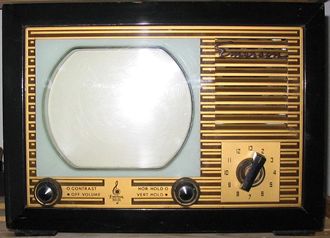 Where once the global flat panel industry focused on unit growth, it appears that it is now taking a bigger interest in area demand.
Where once the global flat panel industry focused on unit growth, it appears that it is now taking a bigger interest in area demand.
 Where once the global flat panel industry focused on unit growth, it appears that it is now taking a bigger interest in area demand.
Where once the global flat panel industry focused on unit growth, it appears that it is now taking a bigger interest in area demand.
 A group of scientists at the Vienna University of Technology, claim their invention will lead to the next generation of outdoor displays.
A group of scientists at the Vienna University of Technology, claim their invention will lead to the next generation of outdoor displays.
 A report said that even though products from Samsung and LG that use flexible OLED materials for displays, they’re not really curved screens yet.
A report said that even though products from Samsung and LG that use flexible OLED materials for displays, they’re not really curved screens yet.
Strategy Analytics (SA) said Samsung’s launch of the Note Edge last week and the LG G-Flex a few months back took curved screens one step closer to reality.
However, SA said that these smartphones are not really flexible screens but rather have curved rigid screens.
OLED screens offer a number of benefits over LCD screens because they are lighter, thinner and probably last longer.
But these devices are the precursors to truly flexible second generation screens which will offer new deisgn such as smartphones with tablet sized foldable screens.
“A number of challenges will need to be overcome,” said Stuart Robinson, director at Strategy Analytics. “More of the phone’s components need to be flexible to make a truly flexibile phone, not just the display. This includes the cover material, the batteries as well as the semiconductors and other components.”
Other challenges include tools and processes that will allow cost effective volume production, he said. The thinks it’s likely that flexible OLED displays will become the preferred display tech in products within the next 10 years.